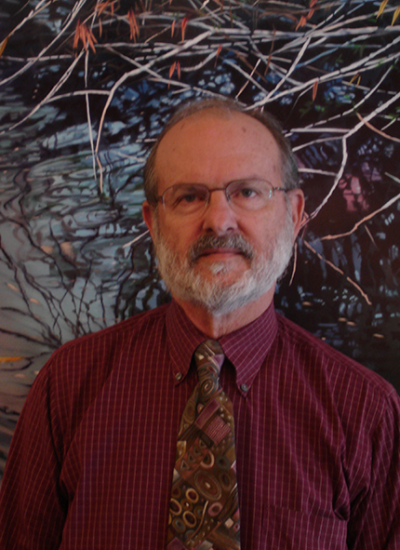PONT, A., GRAYBILL JR, ., CRAVEN, P. C., GALGIANI, J. N., DISMUKES, W. E., REITZ, R. E., & STEVENS, D. A. (1984). HIGH-DOSE KETOCONAZOLE THERAPY AND ADRENAL AND TESTICULAR FUNCTION IN HUMANS. ARCHIVES OF INTERNAL MEDICINE, 144(11), 2150-2153.
Orsborn, K. I., Shubitz, L. F., Peng, T., Kellner, E. M., Orbach, M. J., Haynes, P. A., & Galgiani, J. N. (2006). Protein expression profiling of Coccidioides posadasii by two-dimensional differential in-gel electrophoresis and evaluation of a newly recognized peroxisomal matrix protein as a recombinant vaccine candidate. Infection and immunity, 74(3), 1865-72.
Coccidioides posadasii and Coccidioides immitis are dimorphic, soil-dwelling pathogenic ascomycetes endemic to the southwestern United States. Infection can result from inhalation of a very few arthroconidia, but following natural infection, long-lived immunity is the norm. Previous work in the field has shown that spherule-derived vaccines afford more protection than those from mycelia. We have used two-dimensional differential in-gel electrophoresis coupled with nano-high-performance liquid chromatography-tandem mass spectrometry to directly assess both absolute abundance and differential expression of proteins in the spherule and the mycelial phases of C. posadasii with the intent to identify potential vaccine candidates. Peptides derived from 40 protein spots were analyzed and a probable identity was assigned to each. One spherule-abundant protein, identified as Pmp1, showed homology to allergens from Aspergillus fumigatus and other fungi, all of which exhibit similarity to yeast thiol peroxidases. Recombinant Pmp1 was reactive with serum from individuals with both acute and protracted disease, and evoked protection in two murine models of infection with C. posadasii. These results demonstrate the utility of proteomic analysis as a point of discovery for protective antigens for possible inclusion in a vaccine candidate to prevent coccidioidomycosis.
Stern, N. G., & Galgiani, J. N. (2010). Coccidioidomycosis among scholarship athletes and other college students, Arizona, USA. Emerging infectious diseases, 16(2), 321-3.
To compare coccidioidomycosis case rates among groups of young adults in a disease-endemic region, we reviewed medical charts for serologic testing and coding. Case rates were higher for scholarship athletes than for other students and paralleled 5x more serologic testing. Our findings underscore the need to routinely test patients for coccidioidomycosis.
Bennett, J. E., Powers, J., de Pauw, B., Dismukes, W., Galgiani, J., Glauser, M., Herbrecht, R., Kauffman, C., Lee, J., Pappas, P., Rex, J., Verweij, P., Viscoli, C., & Walsh, T. (2003). Forum report: issues in the design of trials of drugs for the treatment of invasive aspergillosis. Clinical infectious diseases : an official publication of the Infectious Diseases Society of America, 36(Suppl 3), S113-6.
A recent trial of drugs for invasive aspergillosis was used as a background for discussing critical features in the design of antifungal trials. The study under discussion allowed stopping either drug without classifying the patient as having treatment failure, so the trial should be understood as a comparison of 2 treatment strategies, not just 2 drugs. Although the study was a noninferiority trial, the outcome permitted a claim of superiority. Use of the category of "probable" in addition to "proven" aspergillosis permitted inclusion of patients for whom the diagnosis was less certain but who were still early enough in the disease progression to respond to therapy. Different opinions still exist about some of the criteria for the diagnosis of "probable" aspergillosis. A blinded data review committee was helpful in evaluating efficacy in this unblinded trial but had limited value in assessing toxicity. An understanding of these features of design of antifungal drug trials is important in applying the results to clinical practice.
DENNING, D. W., LEE, J. Y., HOSTETLER, J. S., PAPPAS, P., KAUFFMAN, C. A., DEWSNUP, D. H., GALGIANI, J. N., GRAYBILL JR, ., SUGAR, A. M., CATANZARO, A., GALLIS, H., PERFECT JR, ., DOCKERY, B., DISMUKES, W. E., & STEVENS, D. A. (1994). NIAID MYCOSES STUDY-GROUP MULTICENTER TRIAL OF ORAL ITRACONAZOLE THERAPY FOR INVASIVE ASPERGILLOSIS. AMERICAN JOURNAL OF MEDICINE, 97(2), 135-144.


